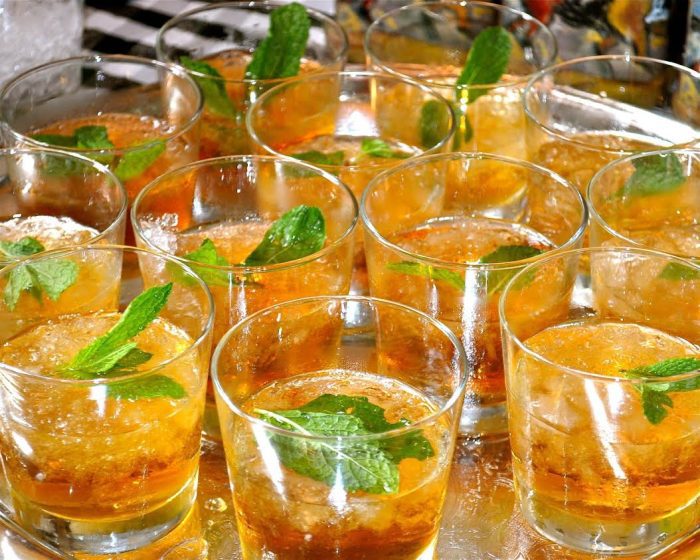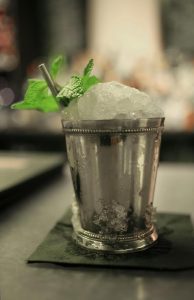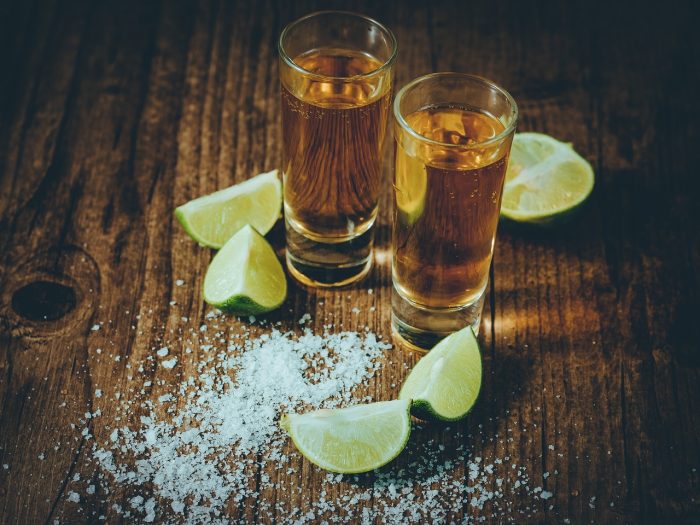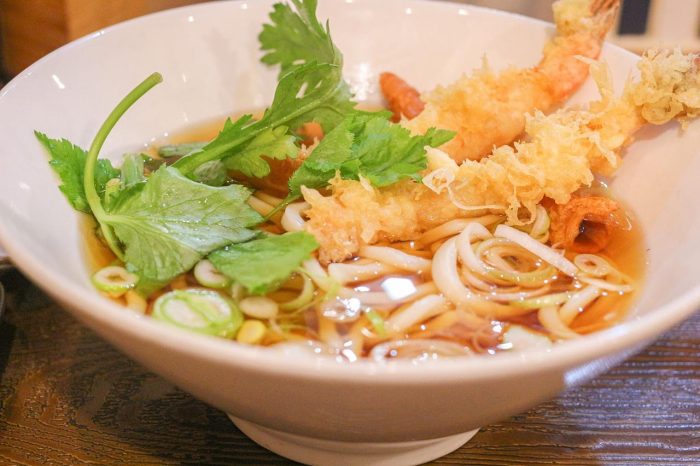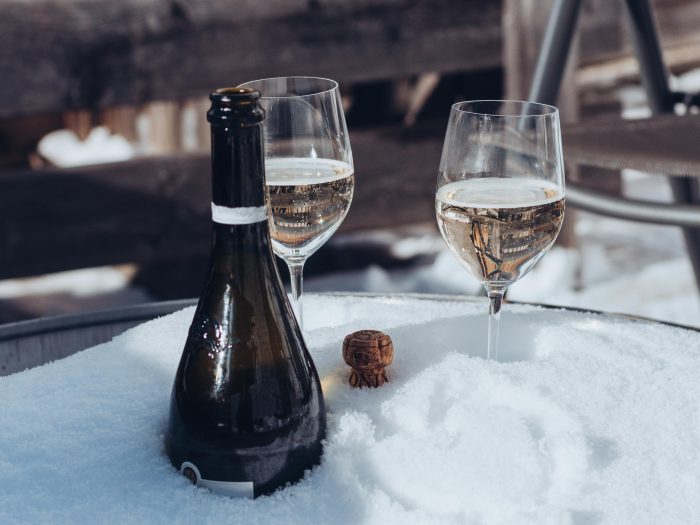By Bob Lipinski

Fish stews, soups, and chowders are a popular and integral part of the cuisine in many coastal regions worldwide. These flavorful and substantial dishes have been enjoyed for centuries, featuring a diverse selection of seafood as the primary ingredient. Common additions include potatoes, tomatoes, various vegetables, onions, and other complementary components.
The main distinctions between fish soup and fish stew are liquid content and regional naming. Fish soup generally has a thin, brothy base that is lightly colored. Fish stew is a thicker, heartier dish with larger chunks of fish and less liquid than soup. Some examples of stew are bouillabaisse, brodetto, Cacciucco, Caldeirada, Cioppino, Ciuppin, waterzooi, zarzuela, and Zuppa di Pesce.
The word “chowder” originally referred to a large cooking pot or “chaudière” (cauldron) in French. Fish chowder traditionally has a thicker, richer consistency and includes larger pieces of fish, potatoes, vegetables, and salt pork.
Manhattan clam chowder is a brothy, tomato-based soup featuring clams, potatoes, and various vegetables. Manhattan chowder gets its name from a cookbook, “Soups and Sauces” by Virginia Elliott and Robert Jones (1934), although tomato-based clam chowder recipes existed before. The soup has little to do with New York City’s most popular borough and no one knows for sure why or when the name was given.
New England clam chowder is known for its hearty, creamy base, made with milk or cream, and often thickened with potatoes and a roux, introduced in New England by French, Nova Scotian, or British settlers in the 1700s.
Other states making their version of clam chowder include Connecticut, Florida, New Jersey, North Carolina, and Rhode Island.
Some wines that pair well with these offerings are:
Lamberti Prosecco “Extra Dry,” DOC, Veneto, Italy. Aromatic and fruity with hints of chamomile, pears, and ginger; flavors of apples, citrus and melon. Pair with bouillabaisse and New England Clam Chowder.
2023 Bolla Soave “Classico,” DOC, Veneto, Italy. Apple, pear, and honeysuckle aromas with flavors of peach, and melon, with a slightly bitter-almond aftertaste. Pair with brodetto and Cioppino.
2023 Bread & Butter Chardonnay, California. Aroma of tropical fruit and buttered toast with hints of vanilla, oak, almonds, and pears. Pair with Cioppino and New England Clam Chowder.
2023 Bread & Butter Pinot Noir, California. Did anyone say spicy cherry, red currant, and raspberry! Notes of tea, bay leaf, cinnamon, and plums. Pair with bouillabaisse and Manhattan Clam Chowder.
2023 Bread & Butter Cabernet Sauvignon, California. Bouquet of black currant, raspberry, and oak with hints of chocolate-cherry, and spices. Pair with Cacciucco and Cioppino.
Bob Lipinski is the author of 10 books, including “101: Everything You Need To Know About Whiskey” and “Italian Wine & Cheese Made Simple” (available on Amazon.com). He consults and conducts training seminars on Wine, Spirits, and Food and is available for speaking engagements. He can be reached at www.boblipinski.com OR [email protected].

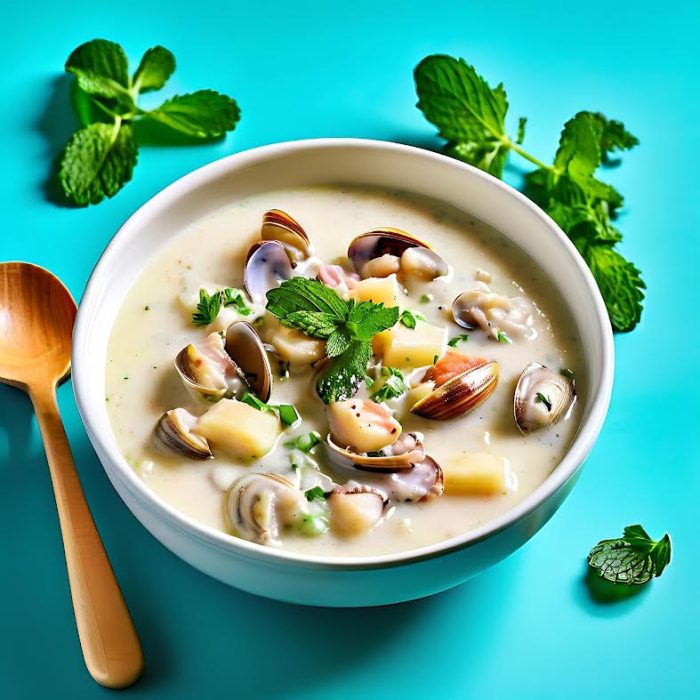
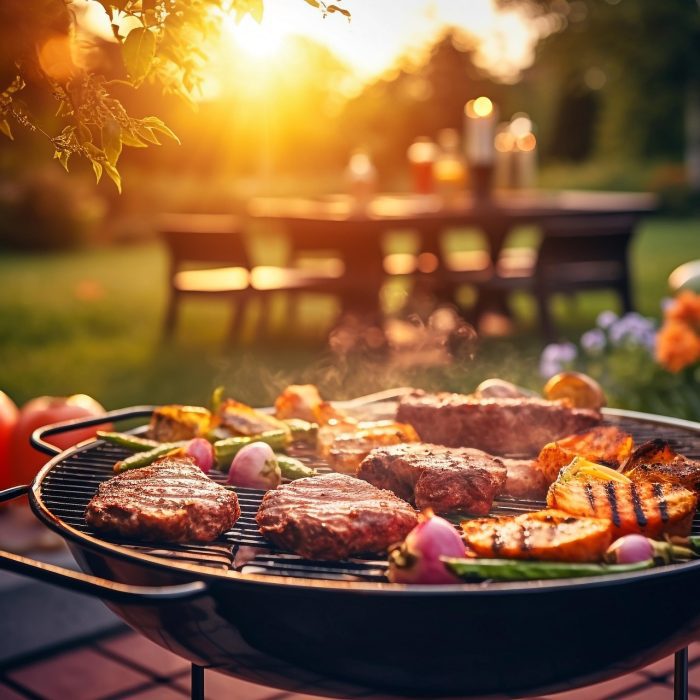
 I’m one of those individuals that doesn’t wait until hot weather to light the barbecue grill. I enjoy grilling most anytime, including during snowstorms and frigid temperatures. However, I draw the line when outside is experiencing heavy torrential downpours.
I’m one of those individuals that doesn’t wait until hot weather to light the barbecue grill. I enjoy grilling most anytime, including during snowstorms and frigid temperatures. However, I draw the line when outside is experiencing heavy torrential downpours.